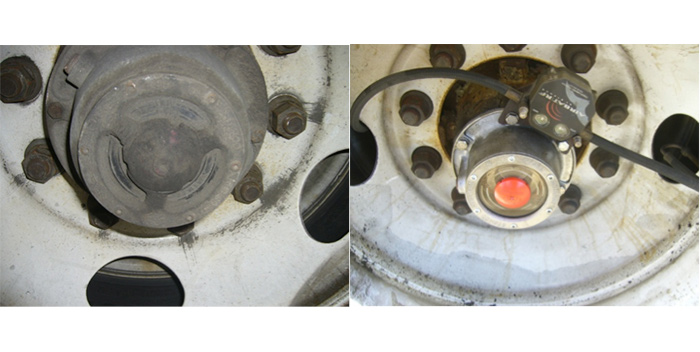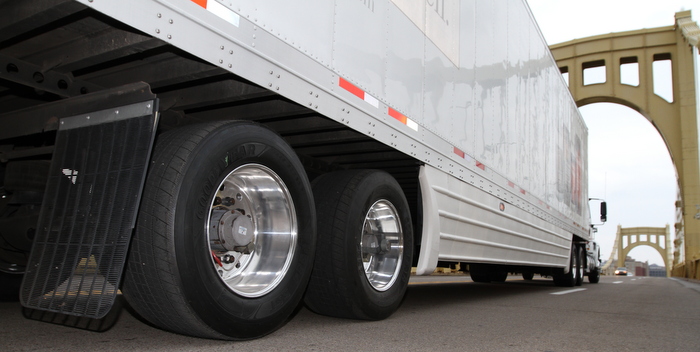In August, the Federal Motor Carrier Safety Administration (FMCSA) announced improvements to its Compliance, Safety, Accountability (CSA) program that incorporate public comments received from a preview of proposed changes to the agency’s Safety Measurement System (SMS) website. The changes are the latest round of improvements to the CSA program following public input. According to FMCSA, the public is seeing improved commercial motor vehicle (CMV) safety under CSA. Violations per roadside inspection were down 8% and driver violations per inspection were down 10%—the most dramatic drop in safety violations in a decade.
FMCSA provided an opportunity for enforcement personnel and motor carriers to preview proposed changes to CSA’s SMS, and encouraged public comment on the proposed changes. After review and consideration of the comments received, the Agency has published its response in the Federal Register.
SMS already enables FMCSA and its state enforcement partners to better focus on high-risk motor carriers. In fact, motor carriers identified as high risk by SMS have future crash rates more than double the crash rate of all active carriers.
Testing of the enhanced SMS that will be implemented this month shows that motor carriers with at least one Behavior Analysis and Safety Improvement Category (BASIC) above FMCSA’s safety Intervention Threshold:
• Have a 3.9% higher crash rate than those in today’s SMS; and
• Have a 3.6% higher Hazardous Materials (HM) violation rate than under today’s SMS.
The SMS improvements include:
1. Strengthening the Vehicle Maintenance BASIC by incorporating cargo/load securement violations from today’s Cargo-Related BASIC
2. Changing the Cargo-Related BASIC to the HM Compliance BASIC to better identify HM-related safety and compliance problems
3. Better aligning the SMS with Intermodal Equipment Provider (IEP) regulations
4. Aligning violations that are included in the SMS with Commercial Vehicle Safety Alliance inspection levels by eliminating vehicle violations derived from driver-only inspections and driver violations from vehicle-only inspections
5. More accurately identifying carriers that transport significant quantities of HM
6. More accurately identifying carriers involved in transporting passengers
7. Modifying the SMS display
FMCSA is responding to feedback from enforcement and industry to change how fatalities and injuries caused by crashes are presented in SMS, and to stakeholder requests for more specific terminology in the BASICs. Also, four additional changes have been identified since the beginning of the preview period, which also will be implemented in December. These are:
1 Removing 1 to 5 MPH speeding violations
2. Lowering the severity weight for speeding violations that do not designate MPH range above the speed limit.
3. Aligning paper and electronic logbook violations
4. Changing the name of the Fatigued Driving [Hours-of-Service (HOS)] BASIC to the HOS Compliance BASIC
FMCSA states that it promotes safety through creating awareness, issuing early and compelling calls to action, and providing education and technical outreach. For more information, click here.









